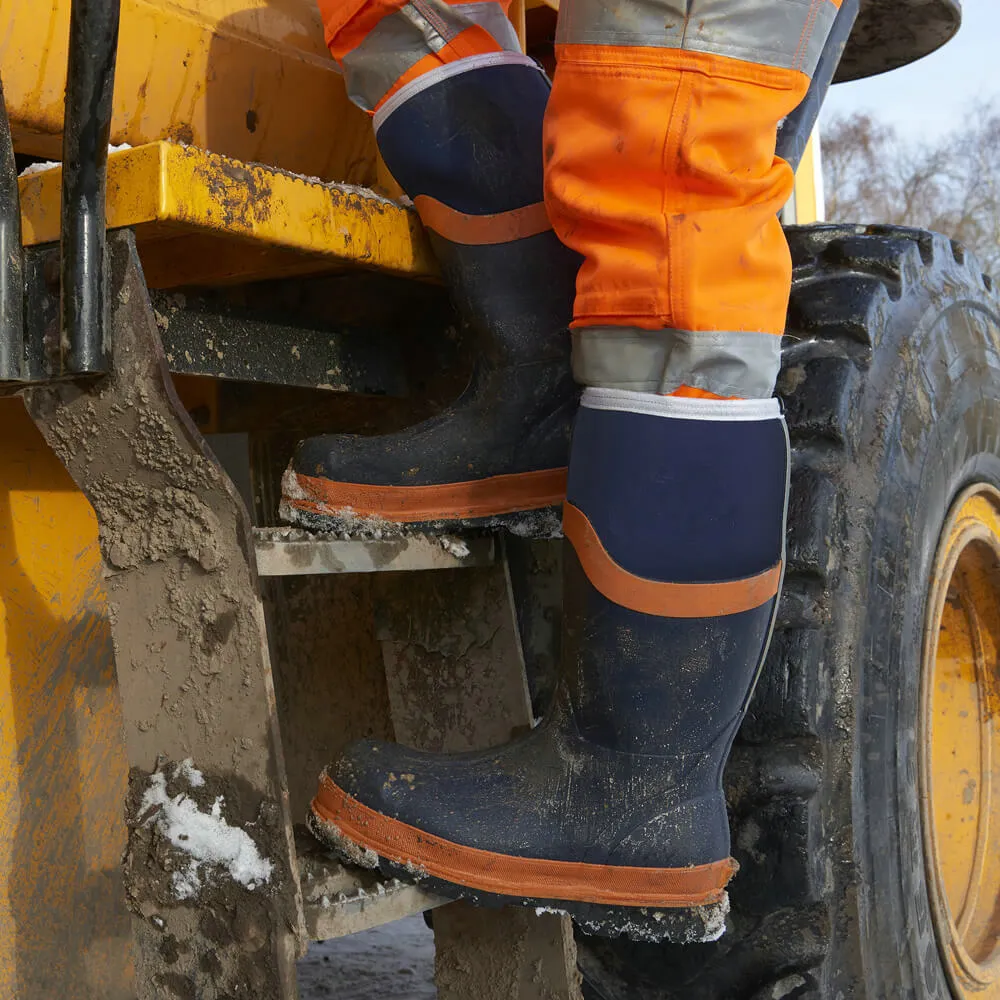The Evolution of Sports Shoes Technology Enhancing Performance and Comfort
In the world of athletics, the importance of footwear cannot be overstated. Sports shoes have undergone significant transformations over the years, propelled by technological advancements and a deeper understanding of biomechanics. From the early days of simple canvas shoes to the high-tech models we see today, the evolution of sports shoe technology reflects not only innovations in materials and design but also a commitment to enhancing athletic performance and comfort.
The Early Days Simplicity to Functionality
Historically, sports shoes were functional but not highly advanced. The first athletic shoes, such as the classic Converse Chuck Taylor All-Stars introduced in the 1920s, were formed simply from canvas and rubber. These shoes served their purpose but lacked proper support or cushioning. As sports became more commercialized and competitive, the demand for better performance gear grew, leading to innovations in shoe design.
By the mid-20th century, brands like Adidas and Nike began to emerge as leaders in the sports shoe market. These companies recognized the need for specialty shoes designed for different sports, utilizing new materials and technologies to improve performance. The introduction of cushioned soles, arch support, and reinforced materials marked a significant shift towards specialized athletic footwear.
Material Innovations A Game Changer
As technology progressed, so did the materials used in sports shoes. Traditional leather was gradually replaced by synthetic materials that offered increased durability, breathability, and lighter weight. The introduction of EVA (ethylene-vinyl acetate) foam in the 1960s revolutionized footwear. This lightweight, cushioned material provided athletes with better shock absorption, reducing the risk of injury and enhancing comfort during prolonged activity.
Furthermore, the incorporation of advanced textiles, such as mesh fabrics and engineered knits, meant that modern sports shoes could provide more flexibility and ventilation. These materials allow for better moisture management, critical for athletes who engage in intense physical activity. This continuous innovation in materials has led to the development of shoes that not only perform well but also adapt to the unique needs of each athlete.
Biomechanics and Shoe Design
sports shoes technology

Understanding human biomechanics and how feet interact with surfaces has revolutionized sports shoe technology. Brands have invested heavily in research and development, studying the gait cycle and the effects of various shoe designs on performance and injury prevention. This research has led to the creation of shoes with tailored features such as heel height, toe drop, and specific cushioning zones.
For example, running shoes today are designed to accommodate different types of runners, whether they are overpronators, underpronators, or neutral runners. The ability to analyze an athlete’s running style through motion capture technology has enabled manufacturers to create shoes that offer tailored support and stability, effectively minimizing the risk of common injuries.
Smart Technology The Future of Sports Shoes
The latest frontier in sports shoe technology is the integration of smart technology. With the rise of the Internet of Things (IoT), some modern athletic shoes now come equipped with sensors that track performance metrics such as distance, speed, and energy expenditure. This data can be analyzed through smartphone applications, providing athletes with valuable insights to improve their training and performance.
Additionally, some brands are experimenting with 3D printing technology to create custom-fit shoes tailored specifically to an athlete’s feet. This allows for improved comfort and performance, as the shoes can be adjusted to fit individual foot shapes and running styles.
Sustainability in Sports Shoe Technology
As awareness of environmental issues grows, the sports shoe industry is also focusing on sustainability. Brands are exploring eco-friendly materials and practices, producing shoes that minimize environmental impact. Recycled plastics and sustainable materials not only contribute to reducing waste but also resonate with the increasingly eco-conscious consumer.
Conclusion
The evolution of sports shoe technology is a testament to human innovation and our desire to enhance athletic performance while prioritizing comfort and injury prevention. From the rudimentary designs of the past to the sophisticated models of today, advancements in materials, biomechanics, and smart technology continue to shape the landscape of athletic footwear. As we look towards the future, the integration of sustainability and cutting-edge technology promises to further revolutionize the world of sports shoes, paving the way for a new generation of athletes to reach their full potential.
-
Stay Dry in Any Condition with WadersNewsJul.17,2025
-
Elite Performance with Camouflage Combat BootsNewsJul.17,2025
-
Dry and Comfortable with Green Rubber Garden ShoesNewsJul.17,2025
-
Convenient Protection with Foldable RainbootsNewsJul.17,2025
-
Comfort and Protection with Neoprene Work BootsNewsJul.17,2025
-
Brighten Rainy Days with Floral Rain BootsNewsJul.17,2025
-
Safety Wellies: The Ultimate Combination of Protection, Comfort, and VisibilityNewsJun.19,2025











